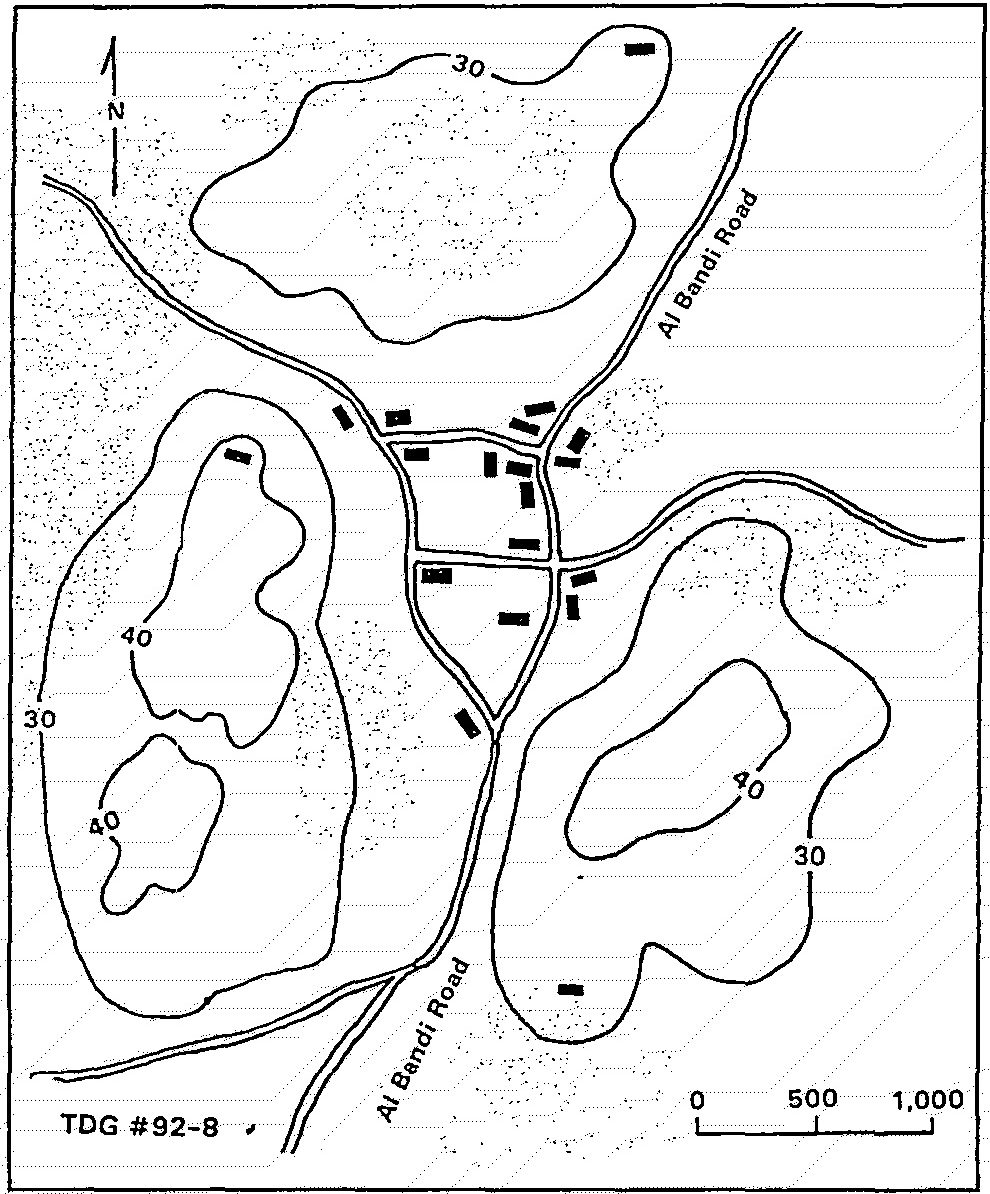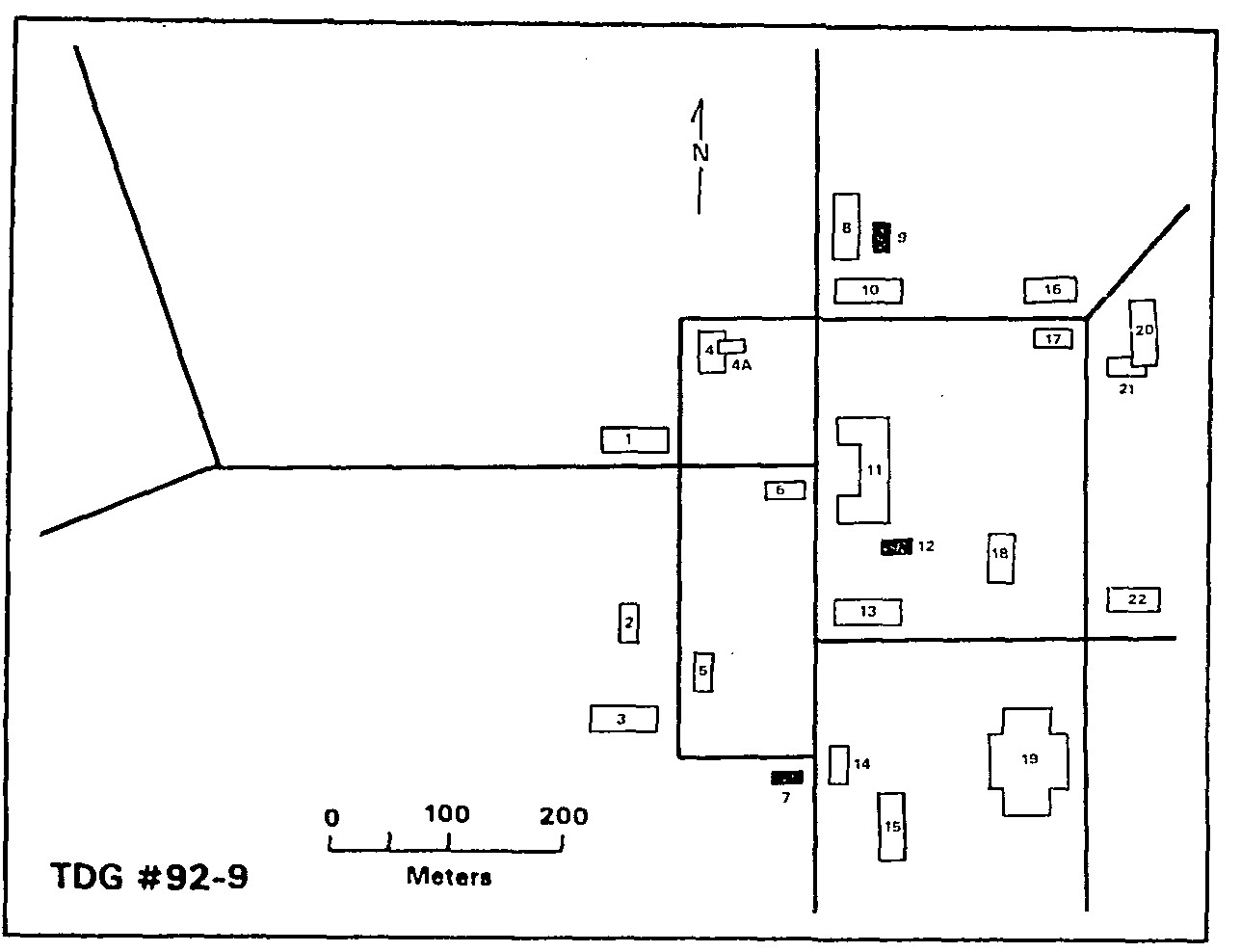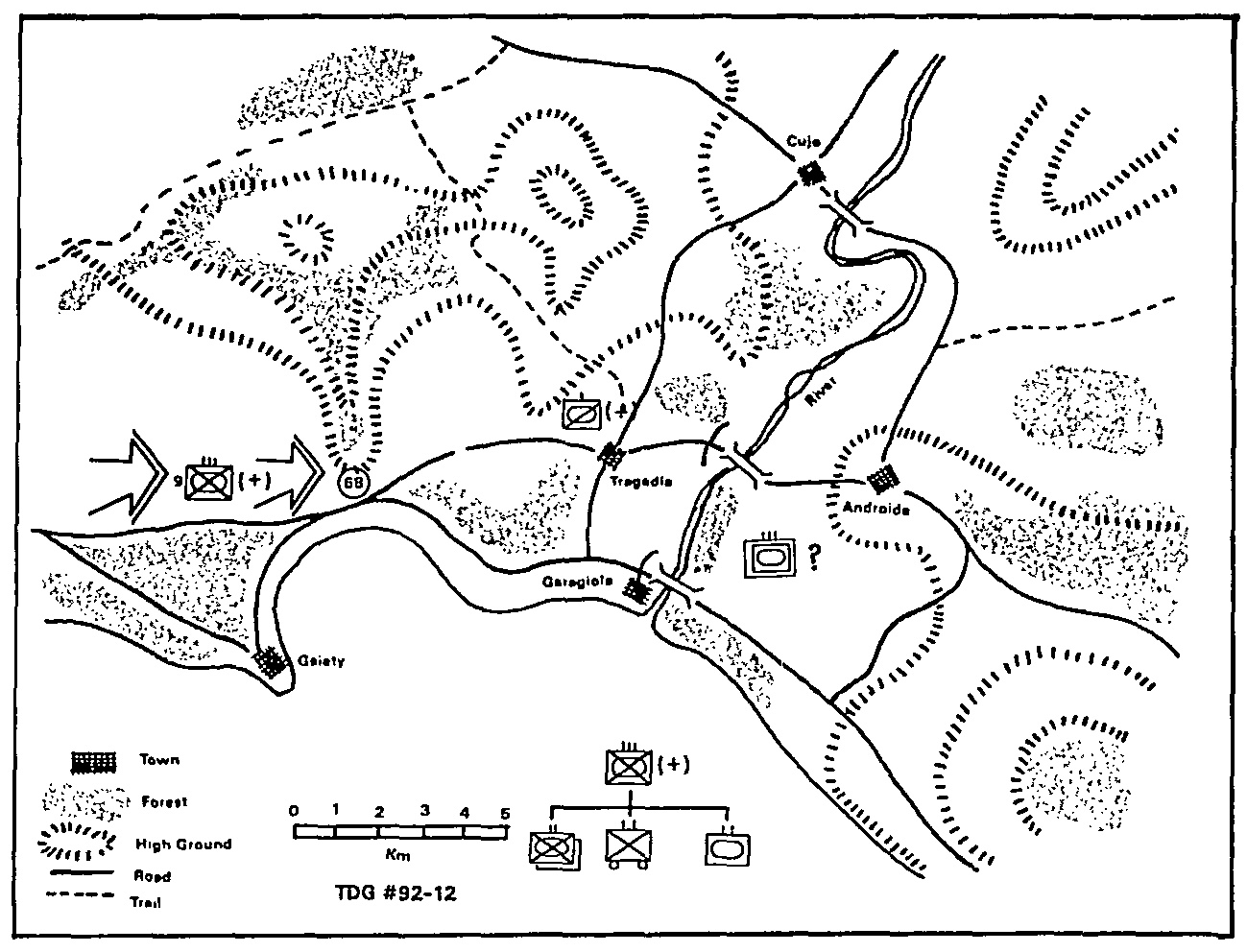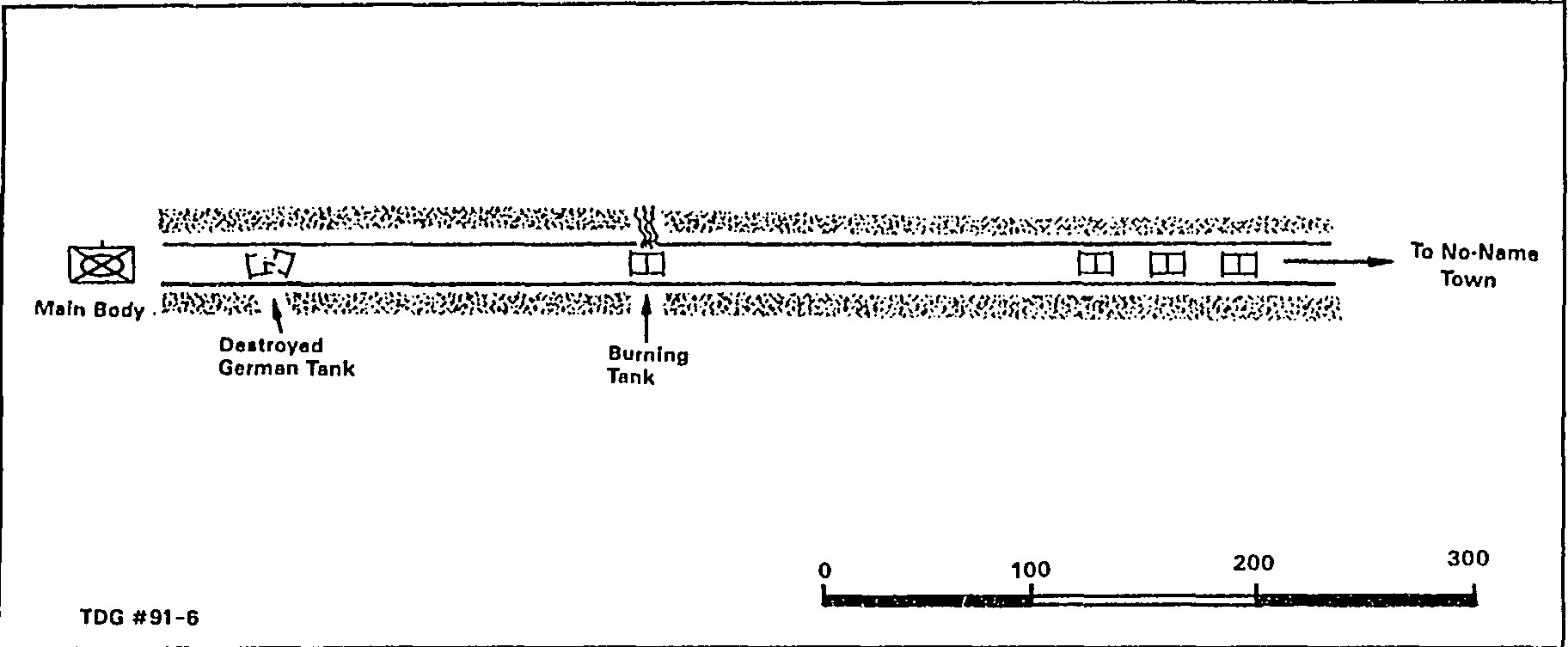 You are the lead infantry platoon commander in an Allied tank-mech company in Europe in 1944. Your company’s mission is to seize a nameless small town set among hedgerows, which typically line all of the roads in the area. In most places, there is a ditch between the roadway and the hedgerow. Roads are narrow, barely wide enough for two vehicles, and hedgerows comprise dense, ancient growth four- to six-feet high.
You are the lead infantry platoon commander in an Allied tank-mech company in Europe in 1944. Your company’s mission is to seize a nameless small town set among hedgerows, which typically line all of the roads in the area. In most places, there is a ditch between the roadway and the hedgerow. Roads are narrow, barely wide enough for two vehicles, and hedgerows comprise dense, ancient growth four- to six-feet high.
Your company commander has decided to continue to move after dark because the company is behind schedule. Since speed is vital, your troops mount the tanks and the company forges ahead through the night, breaking through German lines before the Germans realize what’s happening. Mistaking Allied tanks for German tanks, a German tank pulls into the column, only to be destroyed from the rear by an Allied tank. A few hundred yards from the town, the lead tank stops for no apparent reason, and the rest of the column also comes to a halt.
From your position on the third tank, you can now hear German voices on the other side of the hedgerow, about 10 feet away to your right. You immediately throw a hand grenade and command the nearest squad to open fire. The tank commander accelerates, moving out of immediate danger to a position 200 yards down the road. Hit by an antitank rocket fired by the Germans, the tank behind you bursts into flame, lighting the nearby roadway.
You deploy your troops in ditches along the road. There are now only 3 tanks, 22 riflemen (each with 3 or 4 grenades), and 2 Browning automatic riflemen left in your mini task force trapped between the burning tank and the town. You do not know what happened to the eight men from your platoon who were riding on that tank. Since the main body is stalled a quarter mile to the rear, the company commander orders you to rejoin the main force. You wonder how to do this. It is physically impossible for the tanks to leave the road, which is still partly lit by the burning tank. Your platoon can squeeze through the hedgerows into the fields beyond, but that is where the Germans are. Although you can only see a few Germans near the burning tank, you believe that you are surrounded by the enemy. The Germans can fire through the hedgerow, but only with limited accuracy. They can also fire over the hedgerows, but must expose themselves to do so. Some of your men have been in combat for only a few days and are near panic. You outrank the tank commander, who is another lieutenant. What are your orders?
Send your frag order and rationale to the Marine Corps Gazelle, TDG #91-6, P. O. Box 1775, Quantico, VA 22134. The Gazette will publish the author’s and other solutions in the August issue.


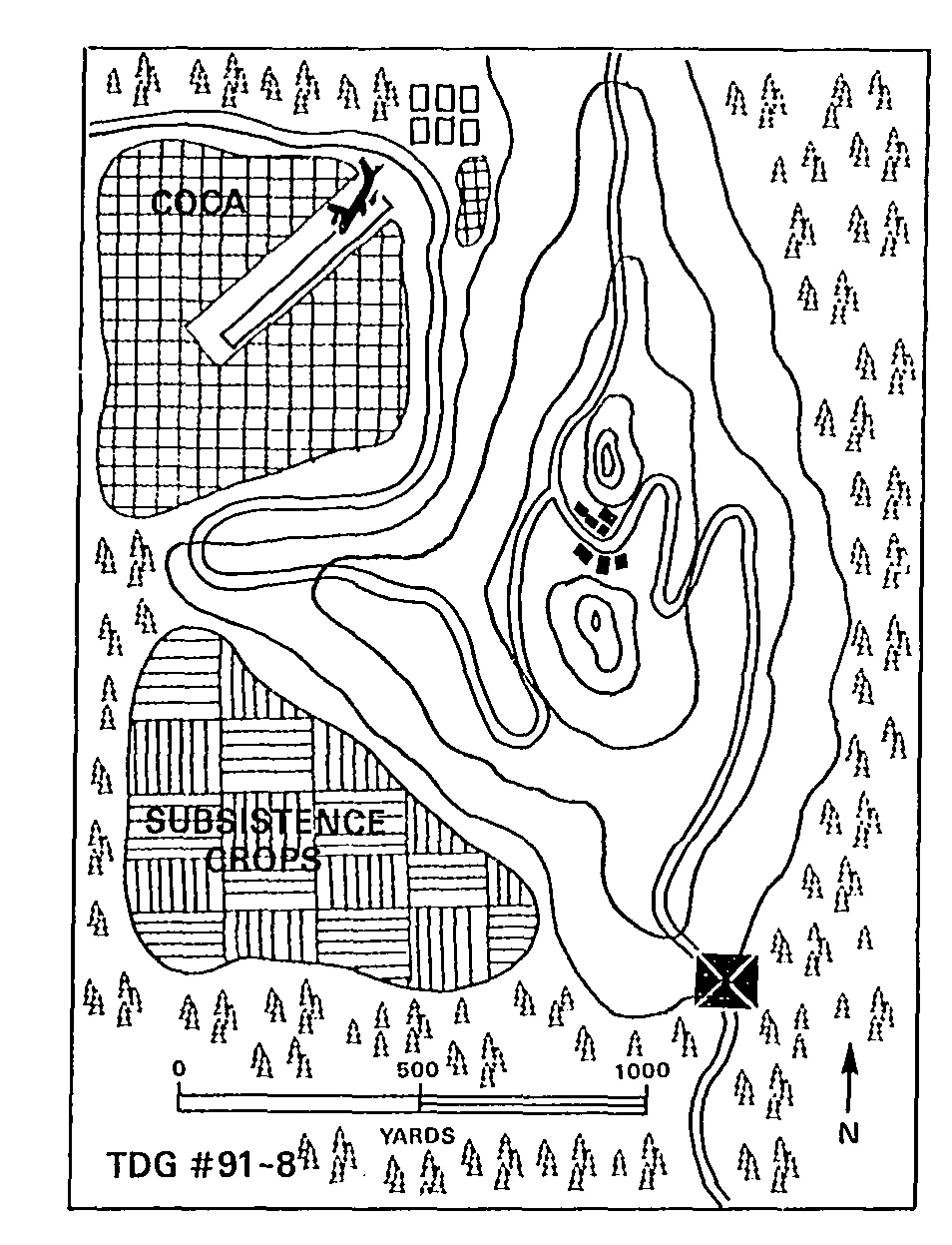

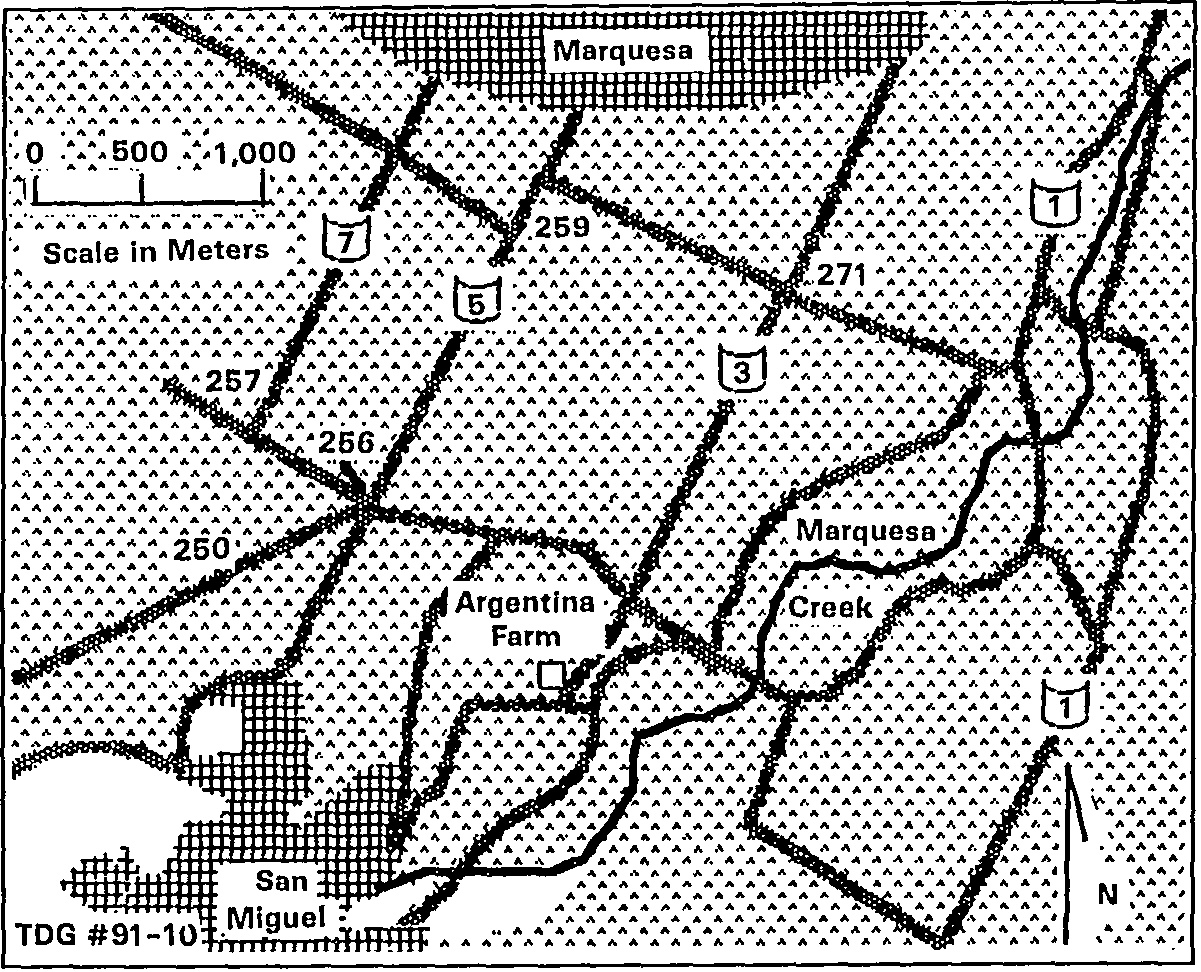
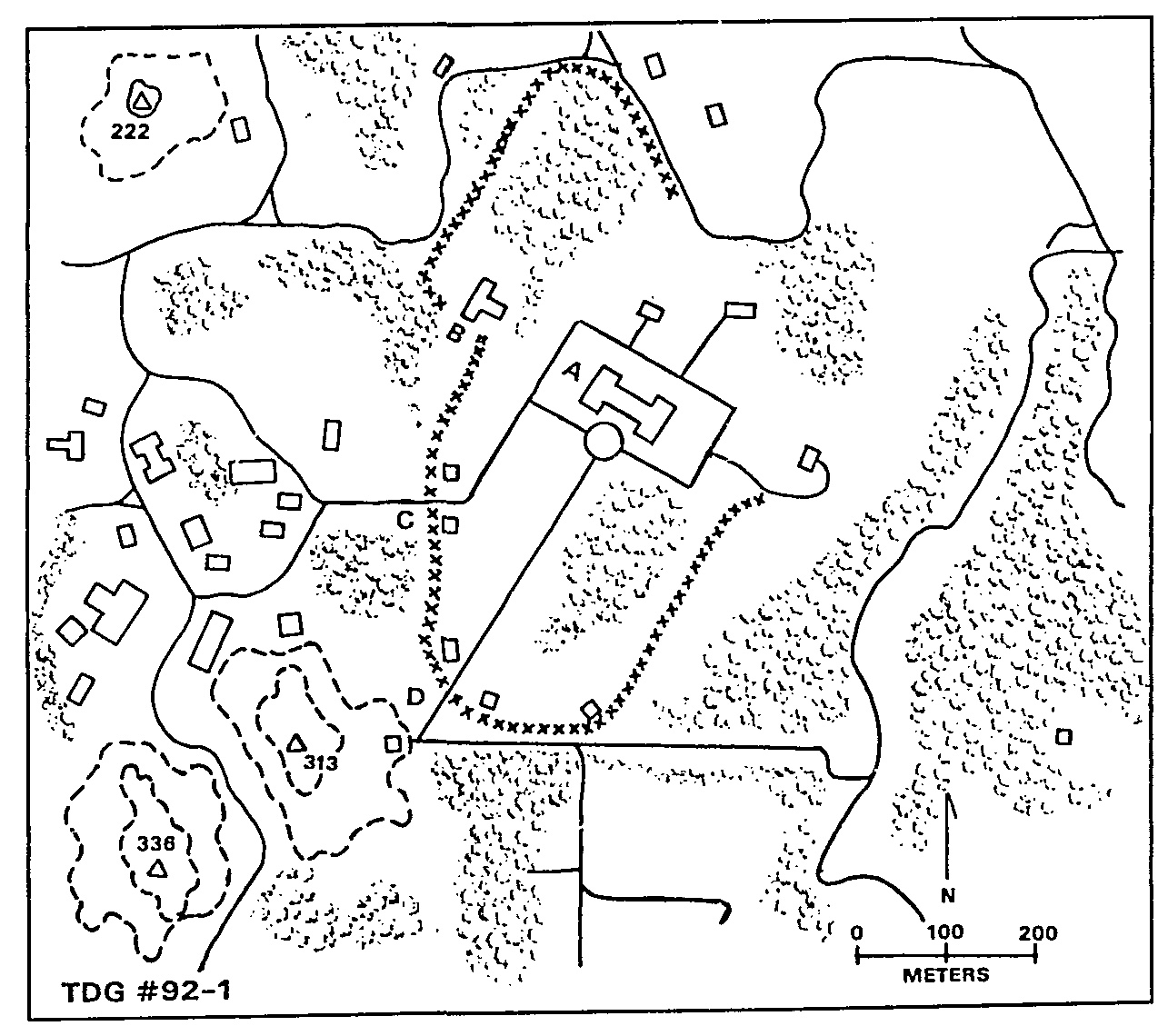
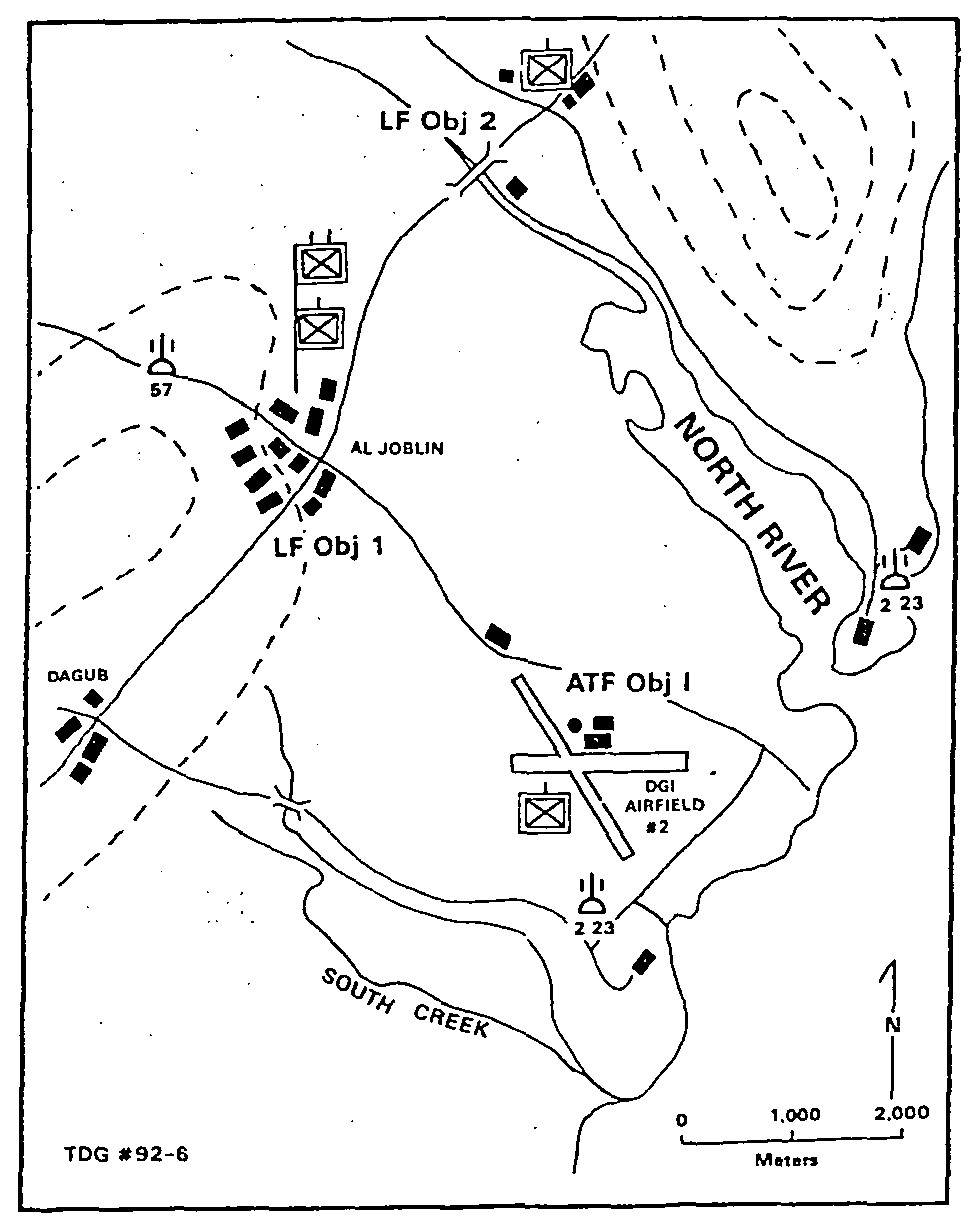

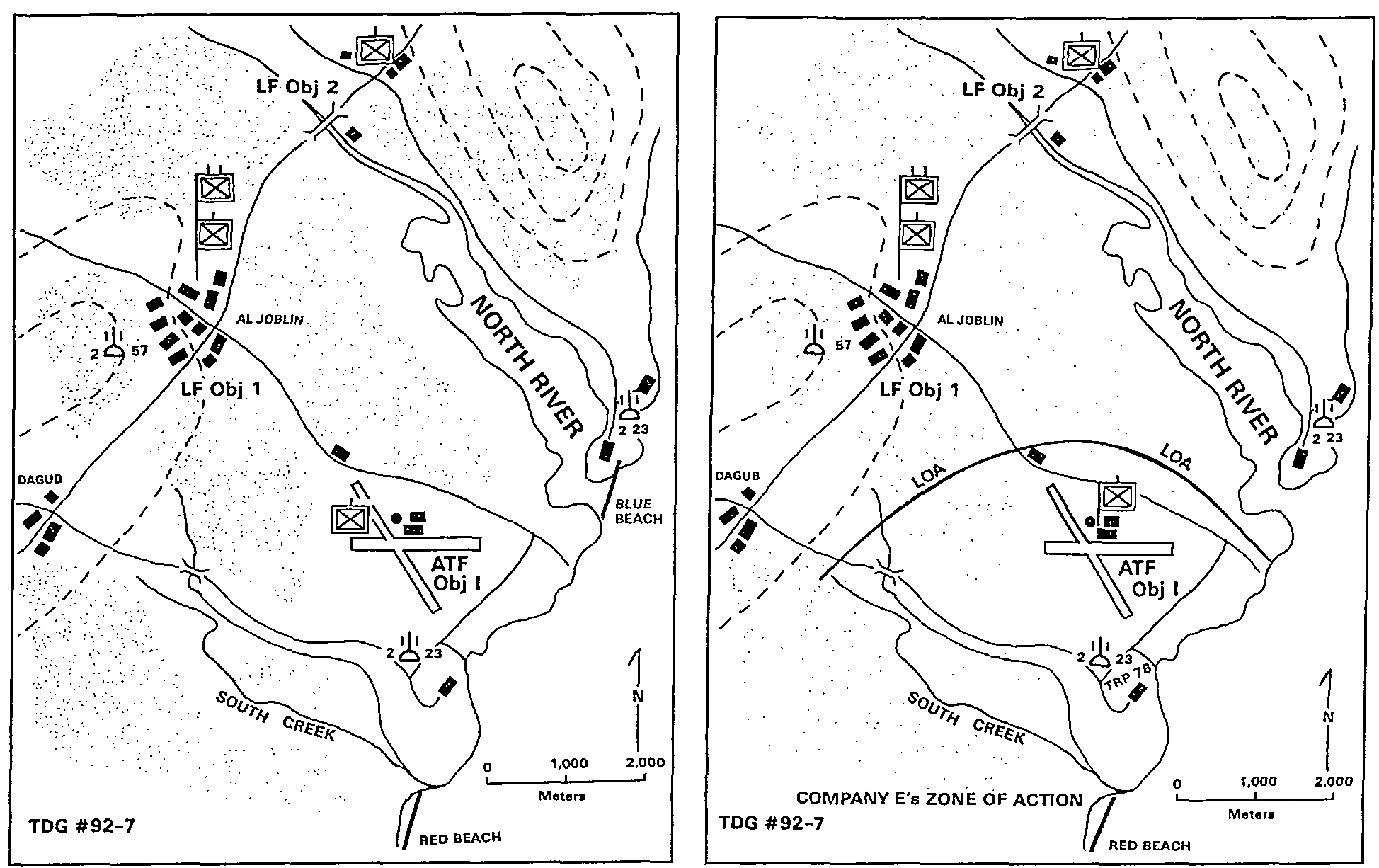 This is a continuation of the TDGs presented in recent months. As a general review, the commander, 26th Marine Expeditionary Unit (MEU) was ordered to assault and secure
This is a continuation of the TDGs presented in recent months. As a general review, the commander, 26th Marine Expeditionary Unit (MEU) was ordered to assault and secure 